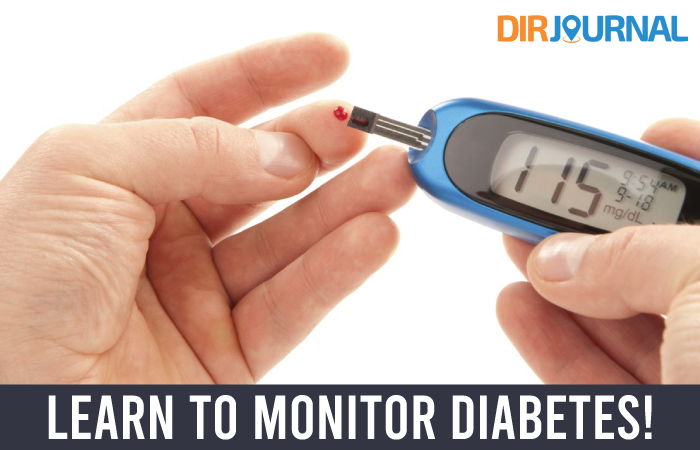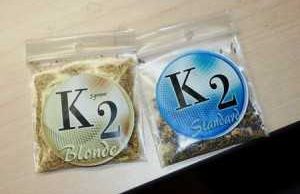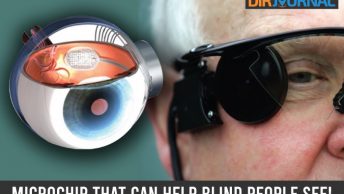
Once a diabetic always a diabetic may be true to a large extent. But blood sugars can be kept in check through dietary and lifestyle modifications, and this can be achieved through regular monitoring.
Why Should We Monitor Blood Sugars?
Most people tend to delay monitoring as they feel it doesn’t matter, but it does. The high and lows in blood sugar levels can lead to a series of complications in both types of diabetics; Type 1 diabetes and Type 2.
In the short term, diabetes can cause:
• Weakness
• Tiredness
• Thirst
• Excessive urination
• Blurry vision
• and increased susceptibility to infections.
High blood sugars over the long-term can lead to severe complications. They can affect our vital systems; the brain, heart, kidneys or eyes:
• Retinopathy – that leads to blindness
• Nephropathy – leading to kidney failure that necessitates either transplantation or dialysis
• Neuropathy – which commonly leads to amputations
• Heart disease – with uncontrolled cholesterol and blood pressure levels.
• In the elderly – high blood sugars can lead to electrolyte imbalance and dehydration leading to falls, which can be potentially dangerous if there is a broken hip.
Self Monitoring Of Blood Sugar
This has become common now as more and more people understand the importance of regular monitoring not only as a way of knowing how they are but also to assist the physician in providing the right care.
• You can help your diabetologist by taking pre and post meal blood sugar levels; both taken on separate days. Pre meal levels are meant to be taken early in the morning before anything is eaten. Post meal levels are to be taken a couple of hours after the meal. You can also take the 3:00 am sugar levels, 5:00 pm sugars and bedtime sugars.
• Bed time blood sugar levels should be between 100 and 140 mg/dl. If bed time glucose is less than 100 mg/dl consume a carbohydrate (CHO) snack before going to bed. If the 5:00 pm random blood sugar is less than 80 mg/dl, there is a risk of going into hypoglycemia at night.
• If you keep yourself physically active, check your sugars pre-exercise too. If the sugar level is less than 90 mg/dl, it will help to snack on carbohydrates as well as look into your insulin dosages.
• If there is a difference of less than 50 mg/dl between the pre and post meal sugars, it indicates that you are following good food choices.
• If blood sugars are more than 240 mg/dl, you will have to keep a check on what you are eating, your medication and perhaps limit any vigorous exercises.
Keep a note of all the blood sugar levels; activity and food changes, as this helps in understanding any deviations in sugars with the changes in meal patterns or exercise schedule or eating out. Many people make the extra effort to keep track of each and every food item eaten on a particular day and compare it with the blood sugar levels on that day. This may seem like a big thing to do, but in fact it isn’t and it helps you take care of your diabetes in a perfect manner.
There are several blood sugar monitoring devices available in the market. Talk to your physician or someone who is already using one, to find the most accurate one, even if it is a little expensive.
Your Blood Sugar Monitoring Device
Let’s see what your monitoring device should have. The first thing you should be looking at is ease of use. You should be able to monitor your glucose easily and it should not become another job to be done.
Many of the latest devices come with some great features:
Auto Coding: This feature has the calibration code embedded on each strip, thus ensuring there are no coding errors.
Results Flagging: Some of the latest devices can store fasting and post meal readings separately, so you don’t really need to write down the results on any other log.
Small Pricking Devices: You should ensure you are able to check your blood-glucose in the most painless manner possible. This can be possible only when the pricking device is small. Many of the latest devices are so tiny that you can hardly feel the pricking.
Temperature Sensor: This sensor is great in that it helps you get the most accurate results based on the temperature.
How Is Diabetes Caused?
Now that we have read about the importance of monitoring the blood sugar levels, there is something very basic that needs to be done first.
The sad fact is that many of those suffering from diabetes don’t really know anything much about how it is caused. Understanding the causes will help you take the necessary precautions and the much-needed care.
Diabetes is a condition where the sugar levels or glucose levels are high in the blood. There are many reasons why this happens. The main reasons are that the pancreas which is an important endocrine organ does not secrete enough insulin. Insulin is the hormone that helps glucose to travel in the bloodstream to reach different cells in our body and provide energy. Another major cause of diabetes is insulin-resistance. This usually happens in type 2 diabetes. Here, although enough insulin is produced by the pancreas, the cells in our body are resistant to the glucose-lowering effects of insulin.
A person suffers from high blood sugar levels (diabetes), if there is not enough insulin production or if they have insulin-resistance.
Diabetes may not really have a complete cure but it can be handled very effectively and many people who are diabetics lead completely normal lives. Blood sugar monitoring plays a very crucial role in ensuring you do the needful to lower your blood sugar levels.













